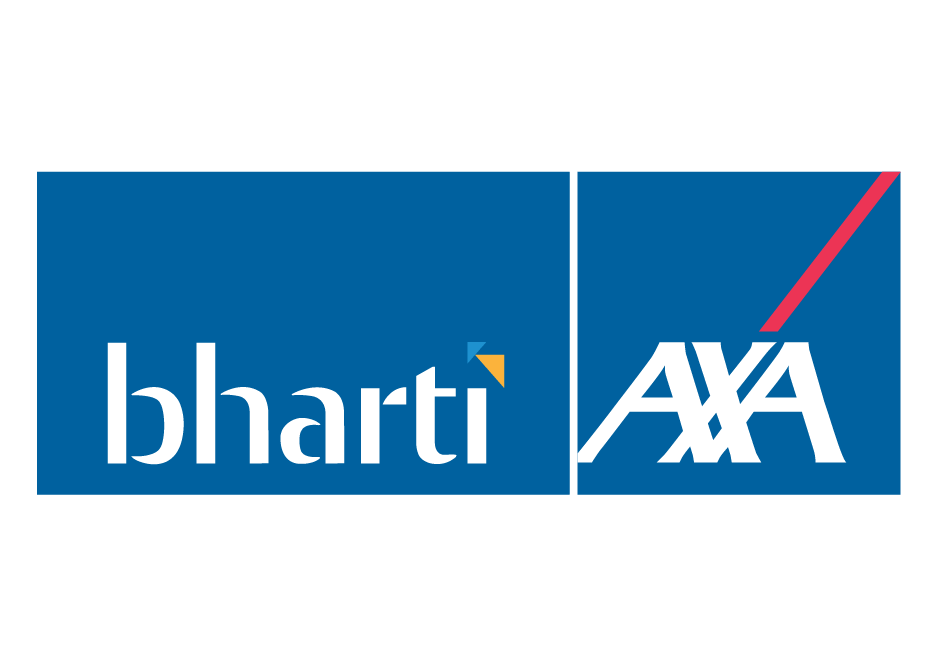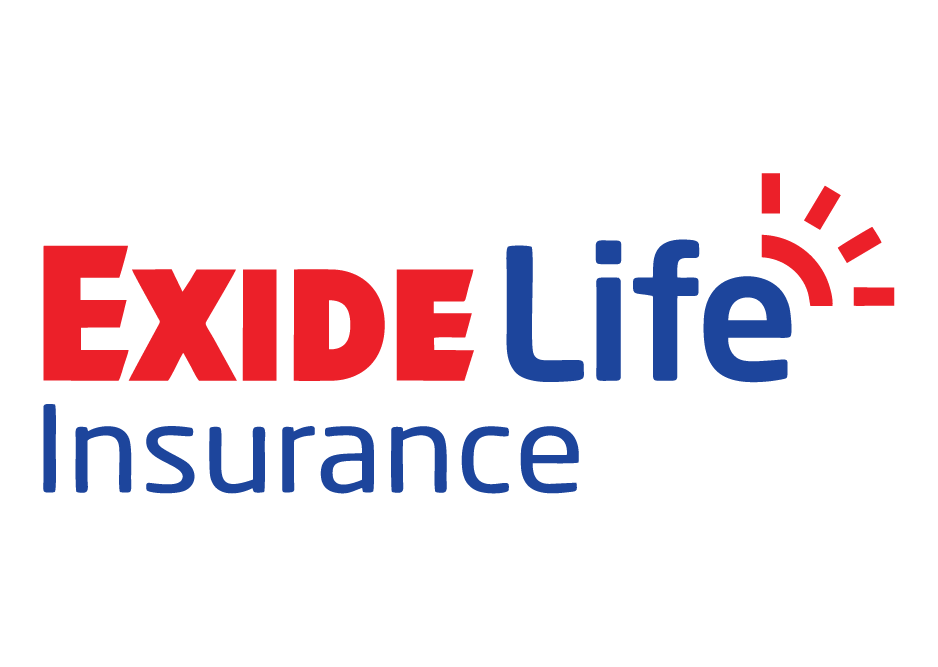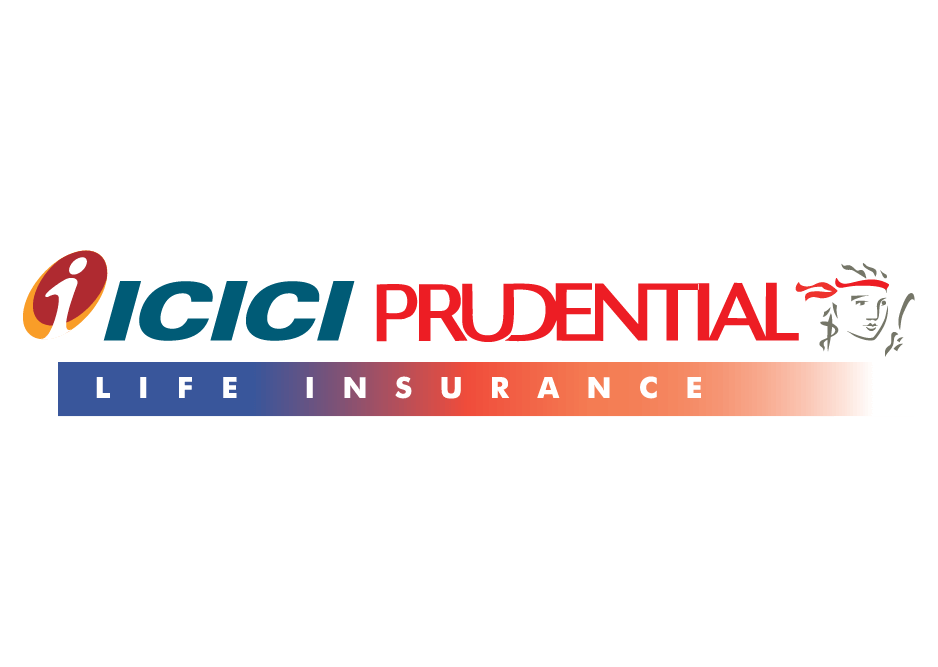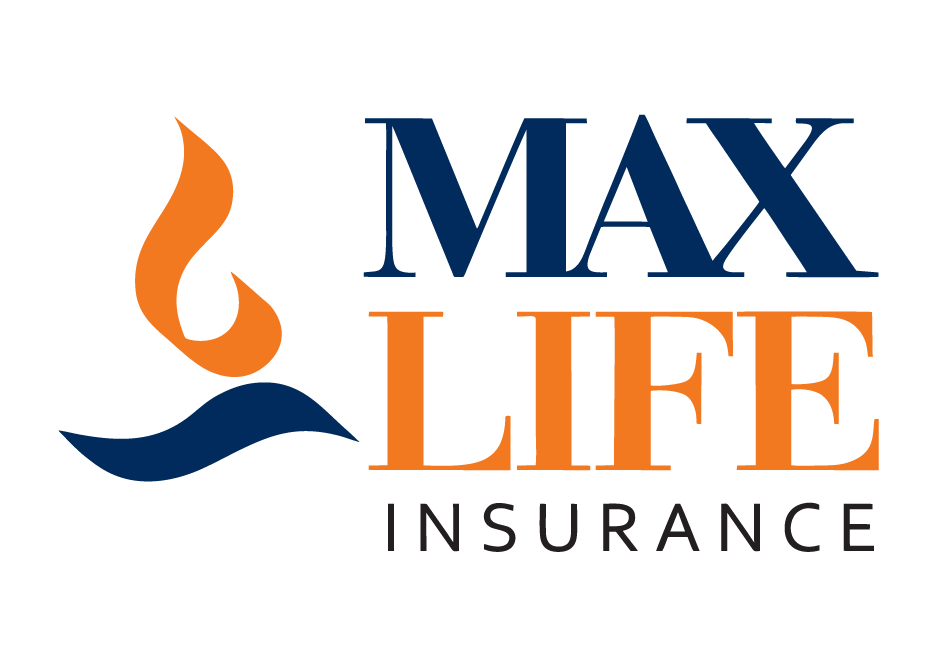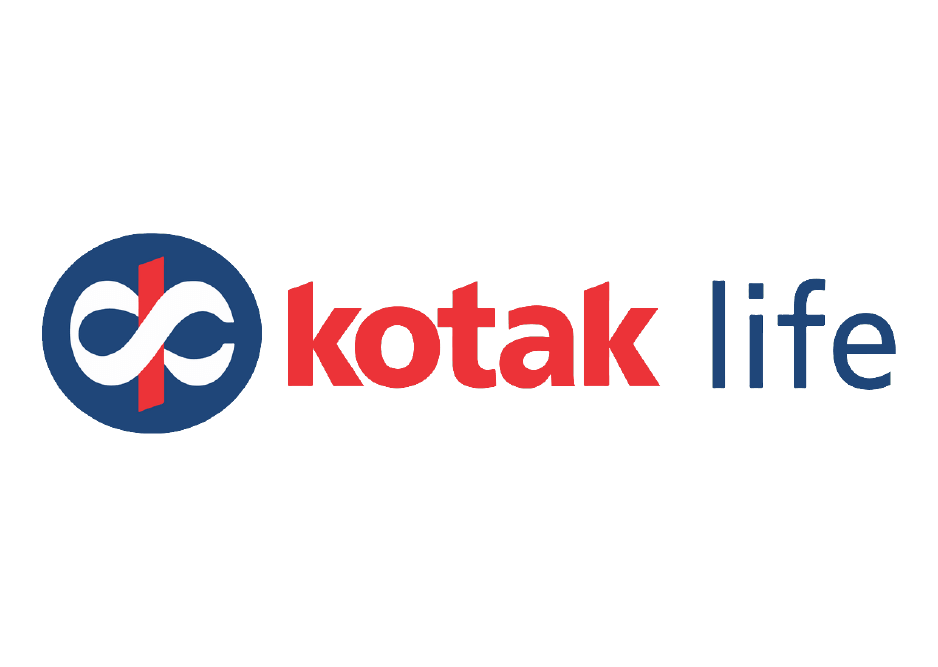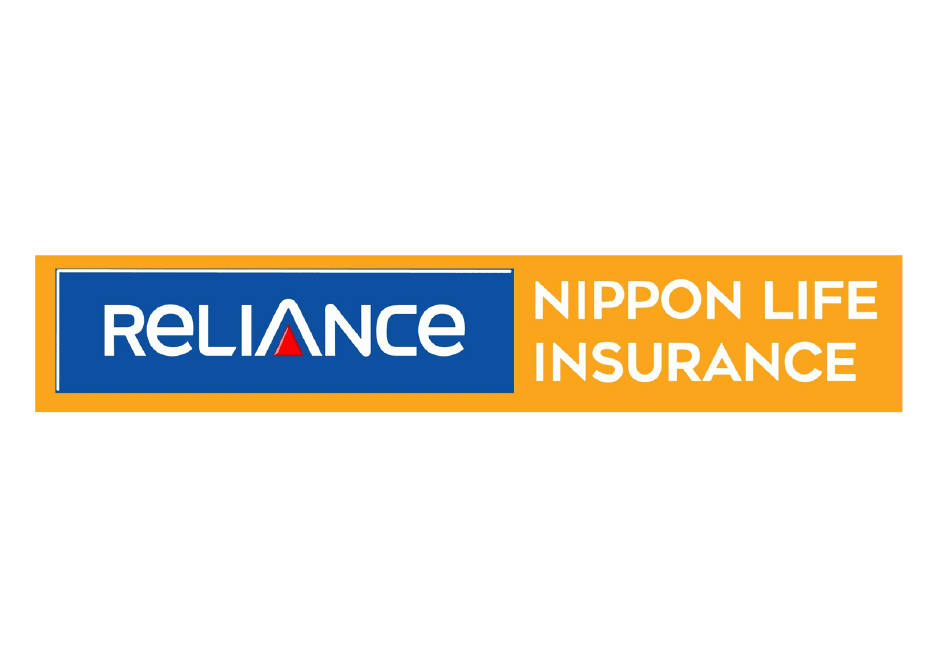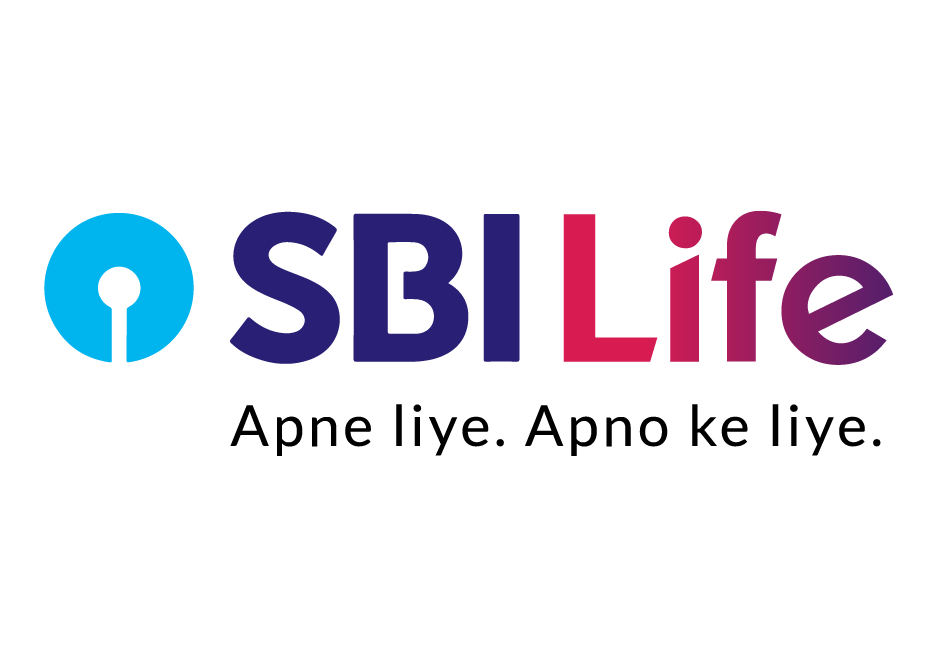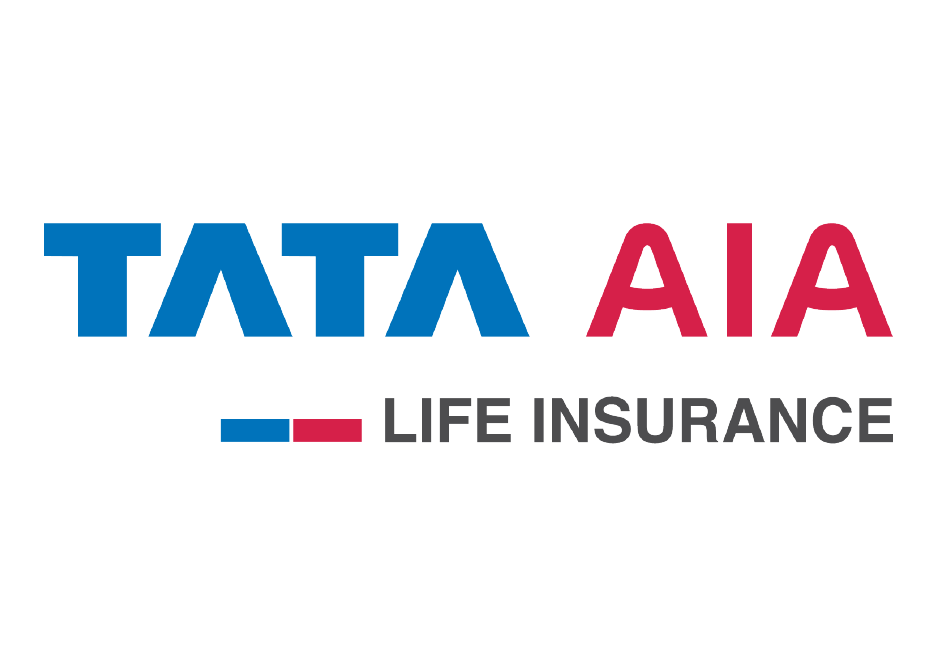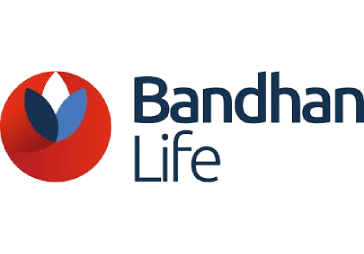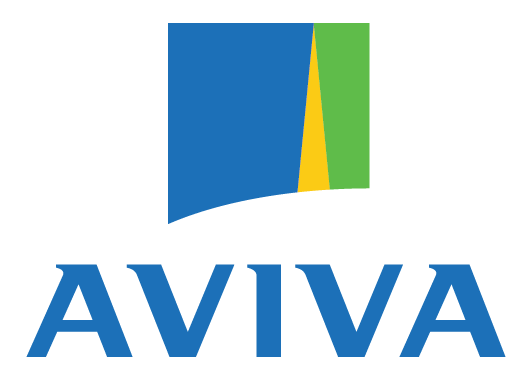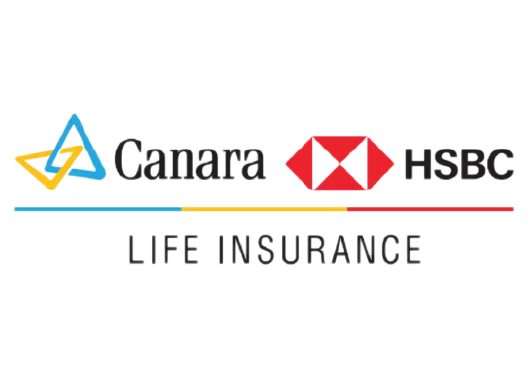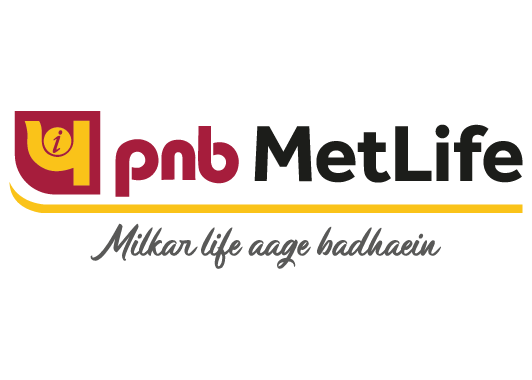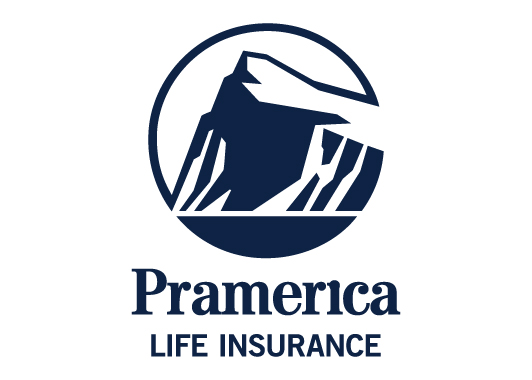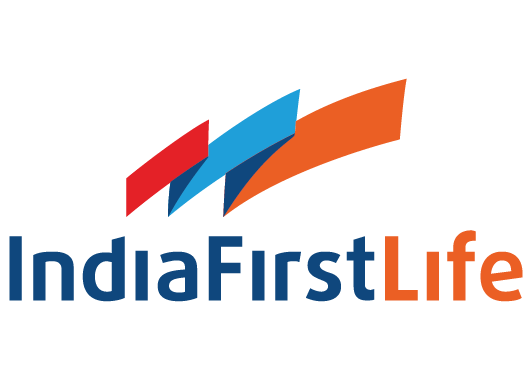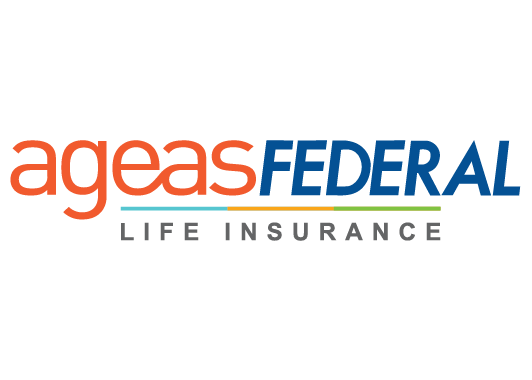Whole Life Insurance Plan
Whole life insurance is permanent life insurance that insures a person for their entire life duration, provided the insured person pays the premium on time. It is among the most common permanent life insurance policy. The policy also provides a savings aspect known as cash value. It provides permanent death benefit coverage for the insured person and offers a death benefit.
The whole life insurance policy pays a certain amount to the nominee in case the insured person dies. Moreover, it allows the policyholder to borrow a loan against the policy or withdraw their policy. The standard maturity age of full life insurance policy is 100 years. In case, the insured person lives post-policy maturity, it turns into a matured endowment, offering a tax-free death benefit.
How does a Whole Life Insurance Plan work?
Whole life insurance provides a death benefit to beneficiaries in exchange for regularly-scheduled premium payments. Along with the death benefit, the policy includes a savings portion called the cash value, which grows on a tax-deferred basis. Cash value accumulation is a critical feature of whole life insurance policies.
To increase the cash value, policyholders can make additional payments (called paid-up additions or PUA) or reinvest dividends back into the policy. The cash value offers living benefits to policyholders, and over time, the interest and dividends earned can provide a positive return, exceeding the total amount of premiums paid. This cash value acts as a source of equity.
If a policyholder needs access to the cash value, they can request a withdrawal or take out a loan against whole life insurance policy. Loans have interest rates that vary by insurer, and the policy owner can withdraw funds tax-free up to the value of total premiums paid. However, unpaid loans will decrease the death benefit by the outstanding amount, and withdrawals can reduce the cash value and potentially the death benefit, depending on the whole insurance policy type. Some policies will reduce the death benefit by an amount greater than what is withdrawn.
Whole life insurance policy uses
Whole life insurance policies work as a financial safety net in case of unforeseen circumstances like the loss of the prime earning member of the family. It is beneficial, especially for families dependent on a single earner. Whole life insurance policies offer financial security in such scenarios.
The policy is also beneficial for businesses. It works as a contingency plan in case the business loses its prime partner or shareholder. In situations involving the loss of the prime employee, the policy offers financial support to offset expertise or skill loss. If the policyholder is a partner or shareholder of the company, the policy provides capital for buying out the business partner’s share.
Different types of whole insurance policies
Depending on the premium pricing and the policy risk allocation, whole life insurance policy is mainly available in the following types:
Whole Life Insurance Policy (Participating)
These life insurance policies offer bonuses. Participating in whole life insurance policies involves the insurance company investing the premium on the insured person’s behalf and distributing the investment profit to the policyholder as bonuses.
Whole Life Insurance Policy (Non-participating)
Non-participating whole life insurance policy is a low-cost plan offering features like level premium and face amount. The policy type does not offer any dividends or bonuses.
Pure Whole Life Insurance
In pure whole life insurance plan, the insured pays the policy premium continuously throughout the policyholder’s life until death. The whole life insurance plan offers risk benefits throughout the policyholder’s life. The plan pays the assured sum after the demise of the policyholder.
Limited Payment Whole Life Insurance
In this plan, the insured person must pay the policy premium regularly throughout the policy's duration. The premium amount does not change throughout the duration of whole life insurance policy. The policyholder pays premium amounts that cover a certain amount for set years, and the risk cover is valid throughout the insured person’s life.
Single Premium Whole Life Insurance
This plan involves the policyholder paying the entire premium amount in a lump sum as a single premium. The policy offers a sizeable amount as sum assured offered as a guaranteed sum to the nominee.
Indeterminate Premium Whole Life Insurance
Under this whole life insurance plan, the policyholder is subject to a two-tiered premium rate. Initially, the policyholder pays a higher premium rate for the first few years. The insurance provider invests a part of these payments and uses the gains to reduce the policyholder's premium cost in the following years.
Eligibility Criteria for Whole Life Insurance Policy
The eligibility criteria for whole life insurance policies differ from one insurer to another, depending on your chosen plan. Each full life insurance policy comes with its own policy term and premium paying terms. Here are the broad criteria that an individual can refer to:
| Particulars | Specifications |
|---|---|
| Entry age | 18 - 65 years |
| Policy tenure | 100 years |
| Maximum sum assured | Subject to underwriting guidelines of life insurance company |
| Health examination | Required |
However, depending on the company’s terms and conditions, the whole life insurance plan can be issued for older individuals, but the premium rates will be comparatively higher.
List of Whole Life Insurance Plan
An individual planning to invest in whole life insurance can consider the following options to gain maximum benefits:
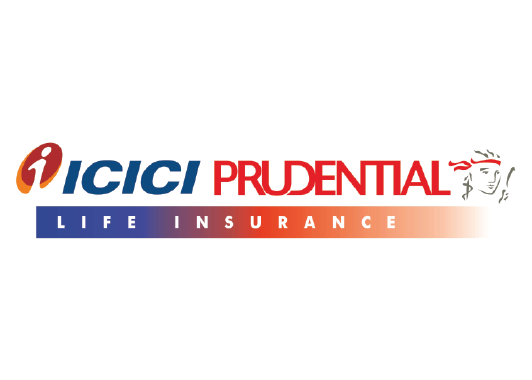 |
ICICI Pru iProtect Smart |
Coverage Benefits
- Coverage against terminal illness and disability
- Special benefits for women
- Life stage protection
Eligibility Criteria
Entry Age: 18 - 65 years
Minimum premium: Rs. 2,400 approx
 |
HDFC Life Click 2 Protect Super |
Coverage Benefits
- Accidental death coverage
- Spouse cover option
- Increasing death benefit
Eligibility Criteria
Entry Age: 18 - 84 years
Min. Basic Sum Assured: Rs. 5,000
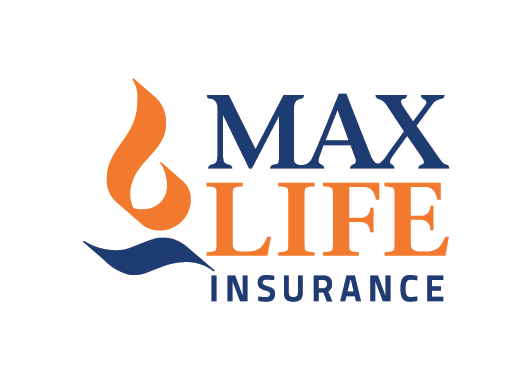 |
Axis Max Life Smart Secure Plus |
Coverage Benefits
- Accident cover
- Accelerated critical illness benefit
- Premium break option
Eligibility Criteria
Entry Age: 18 - 65 years
Min. Sum Assured: Rs. 20 Lakhs
 |
Bajaj Allianz Life eTouch |
Coverage Benefits
- Premium holiday
- Protection against terminal illness & disability
- Early exit value
Eligibility Criteria
Entry Age: 18 - 65 years
Min. Sum Assured: Rs. 50 Lakhs
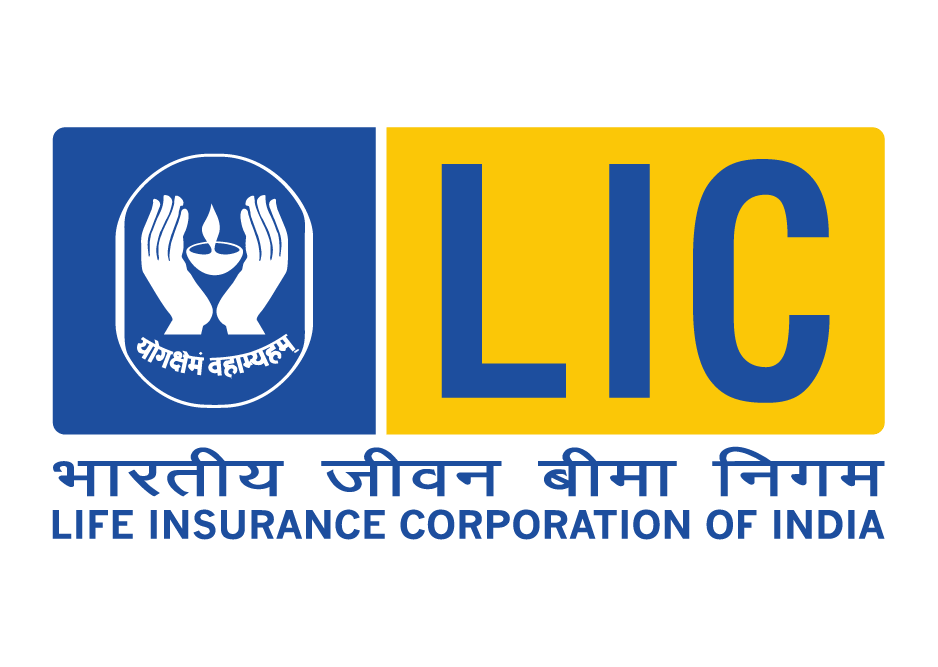 |
LIC Jeevan Umang |
Coverage Benefits
- Participation in profits
- Survival benefit
- Rider benefits
Eligibility Criteria
Entry Age: 90 days - 55 years
Min. Basic Sum Assured: Rs. 2 Lakhs
* Disclaimer: We do not endorse, rate, or recommend any particular life insurance company or insurance product offered. The details mentioned above are subject to change.
Cash Value of Whole Life Insurance Policy
The cash value of whole life insurance policies is like retirement savings accounts, allowing the investment to pile up tax-deferred interest. A part of the premium is allotted to the cash value and allows the holder to borrow or withdraw against the cash value in the later stages. The cash value component of whole life insurance increases quickly in the younger years of the insured person. But, as the policyholder gets older, the cash value growth is slow, given the age-associated high risks.
The policyholder can access the policy’s cash value component and borrow against it or withdraw a sum as a part of cash surrender. However, surrendering cash can reduce the final death benefit of the whole life insurance policy. In addition, policyholders can also use the cash value to cover their monthly premium payments instead of paying them out of pocket.
Cost of a Whole Life Insurance
Whole life insurance policies are typically much more expensive than term life insurance. The average monthly premium for whole life insurance policies depends on factors- like the insured person's age, gender, and desired coverage level.
Whole Life Insurance: Advantages and Disadvantages
Whole life insurance has the primary advantage of providing lifelong coverage that never expires or requires renewal. While term insurance expires if the insured survives beyond the specified period, whole-life policies offer fixed premium payments and lifelong protection. Additionally, the policy accumulates cash value that one can utilize for expenses like retirement or medical care.
Over time, the surrender value of whole life insurance increases, and you can borrow against it whenever needed. It is a preferable option to borrow against your home or retirement accounts.
As an estate plan, whole life insurance offers benefits beyond a conventional inheritance. In numerous circumstances, the death benefit gets protection against claims by the decedent's creditors. The cash value of a life insurance policy is also tax-deferred, and policy loans offer tax advantages.
The return on investment can serve as an additional source of income for your family. This plan is particularly suitable for individuals engaged in estate planning who want to pass on their estate to their legal heir, as it facilitates wealth creation.
However, the primary disadvantage of whole life insurance is its cost. Whole life premiums are substantially higher than those for term policies and provide less flexibility than universal life insurance policies.
In contrast, term life insurance policies typically have lower premiums, though rates may be higher for those who are older or have higher policy limits.Whole Life Insurance: Pros and Cons
Pros
- It offers an assured lifetime death benefit to the policyholder.
- The policy provides a cash value component against which the holder can borrow a certain sum.
- The policy protects the insurance holder’s nominees from creditor claims after the insured person’s death.
- The policy allows the insured person to a loan against their policy and also provides cash value growth.
Cons
- The policies have high monthly payments compared to term life insurance.
- The premiums of whole life insurance policies have lesser flexibility than other life insurance.
- The increase in cash value is slower.
Who must get whole life insurance?
A whole life insurance policy is perfect for multiple individuals with the following aims:
- A person looking for investment opportunities after making investments for their post-retirement needs.
- Young professionals who can pay a premium for a long time after starting their jobs or career.
- If you have financial dependents who may rely on you for an extended period, such as a spouse or children with special needs, it is essential to consider their needs when planning your finances. They may need financial support for the entirety of their life.
- If you wish to leave an inheritance for your children free from taxes, or if you have allocated your existing assets to one heir but also want to ensure provision for another heir, then it is essential to plan your finances accordingly.
To get whole life insurance, one must be of the minimum or maximum stated age by the policyholder. One must also consider the terms of premium payment. All these criteria vary depending on the insurer. For more information on eligibility requirements for a whole life insurance policy, check RenewBuy.com.
Related Article: Whole Life Insurance vs Term Insurance
Final Words
Whole life insurance offers an assured payout to your beneficiaries after the policyholder’s death, regardless of when it occurs, providing more comprehensive protection than term life insurance. However, you must consider your unique financial circumstances and consult a financial advisor before investing in the right insurance plan.
If you plan to invest in whole life insurance and require more information on the whole life insurance policy plans and different insurance providers, consult RenewBuy POSP Advisor today!



